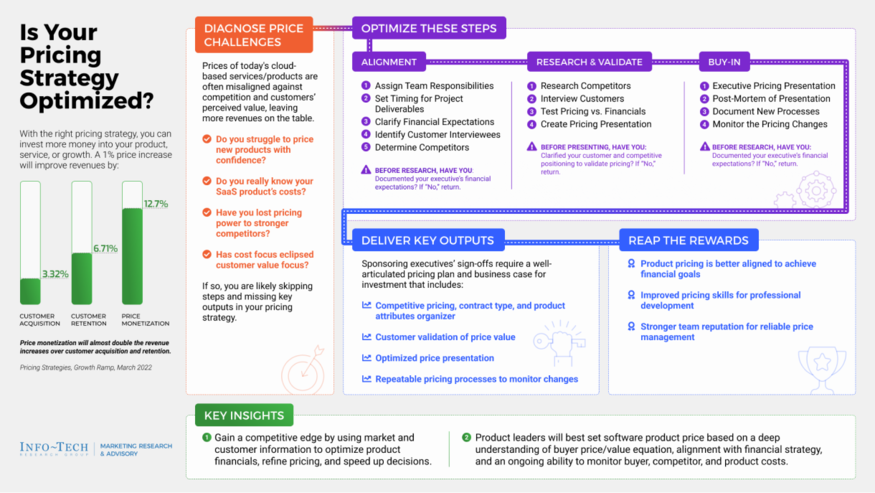Optimizing Competitive Returns
In today’s fast-paced market, ensuring that your products stand out and return benefits is essential. Did you know that optimizing your product return process can significantly enhance customer satisfaction and boost your bottom line? In the retail industry, competitive returns can either make or break a sale. This article will delve into strategies for optimizing competitive returns, highlighting key aspects that can lead to improved customer experiences and increased sales.
Throughout this article, readers will discover:
- The importance of a seamless return process
- Effective communication strategies to inform customers
- How to utilize technology for better return management
- Insights into customer behavior regarding product returns
- Case studies of successful return optimization
By the end of this guide, you’ll have actionable insights and strategies to leverage for your competitive advantage in managing returns effectively.
The Significance of Return Optimization
Return policies play a crucial role in consumer decision-making. A recent survey indicated that the majority of consumers prefer shopping with retailers that offer hassle-free return processes. This statistic underscores the importance of having a strategic approach to returns and how it can enhance customer loyalty.
Understanding Customer Expectations
Customers expect transparency and simplicity when it comes to returns. They should be informed about the processes clearly via your website or at the point of sale. Meeting these expectations can significantly lower the rate of returns, as customers feel secure in their purchases.
Monitoring Return Rates
Keeping track of return rates across different product categories allows retailers to identify issues, whether it’s a quality concern or customer dissatisfaction. Results should be analyzed to make necessary adjustments in product quality or customer communication.
Creating a Seamless Return Process
A seamless return process consists of optimizing every stage—from initiating a return to customer refunds. Utilizing automation tools can streamline these processes, allowing for quicker responses and resolutions. This ensures that customers have a positive experience, even if they are returning a product.
Effective Communication Strategies
Proper communication channels are vital for successful return management. Customers should be educated on return policies through multiple platforms, including websites, emails, and even in-store signage. Clear communication can help manage customer expectations and ultimately lead to better return rates.
Building Trust with Customers
Trust is a significant factor when it comes to online shopping. Providing detailed insights regarding the return policy can create stronger bonds with customers, making them more likely to return for future purchases. Consistent messaging across all channels helps solidify this trust.
Utilizing Customer Feedback
Customer feedback is invaluable when revising return policies. Actively seeking customer opinions can shed light on areas needing improvement and highlight successful strategies already in place.
Using Technology for Better Return Management
Leveraging technology can drastically improve return processes. From implementing RFID technology to enhance inventory tracking to using AI chatbots that can handle customer inquiries, technology can streamline operations effectively.
Implementing Data Analytics
Data analytics can uncover insights related to returns. Understanding trends and patterns aids in devising strategies that align with consumer behavior. For example, if data reveals high return rates for a specific product, adjustments can be made to minimize those returns.
Automating Return Processes
Automation reduces manual errors and accelerates the return process. By automating return labels and communication, you ensure that customers receive fast and accurate responses, enhancing their overall experience.
Insights into Customer Behavior
Understanding why customers return products can provide critical insights. Various factors contribute to returning behaviors, including product quality, fit, and expectations versus reality. By analyzing these behaviors, retailers can address specific issues and refine processes for better outcomes.
Offer Flexible Return Options
Flexibility is key. Allow customers multiple options for return methods, such as in-store returns, return shipping labels, or third-party drop-off points. Offering choices can significantly improve customer satisfaction, leading to positive brand perceptions.
Case Studies of Successful Return Optimization
Learning from successful companies provides a blueprint for best practices in return optimization. For instance, retailers that have streamlined their return processes often highlight the importance of customer experience as a top priority, driving their return strategies.
Case Study: Amazon
Amazon has mastered the return process by simplifying it to the point where customers can return products easily with no additional cost. This strategy has contributed significantly to their high customer satisfaction ratings.
Case Study: Zappos
Zappos is another retail leader known for its customer-centric approach. Their focus on customer service, including flexible return policies, has resulted in high retention rates and loyal customers.
Conclusion
Optimizing competitive returns is a vital aspect of retail that can lead to increased customer satisfaction and loyalty. By focusing on seamless processes, effective communication, technology integration, and understanding customer behavior, retailers can create a robust return strategy that ultimately benefits their business. Companies like Amazon and Zappos exemplify the advantages of a customer-first approach to returns. As a retailer, adopting similar techniques will enhance your brand reputation and strengthen customer ties.
For more insights on return policies and customer satisfaction, check out these articles for additional strategies:

Investing in a well-thought-out return process is not just about managing returns—it’s about creating a competitive advantage that resonates with customers and fosters long-term brand loyalty.
